Online learning can feel sterile sometimes; divorced from the reality of actual tasks and interactions. In health & safety training, being told about the dangers of working at height is not the same as actually experiencing a moment of vertigo high up on scaffolding. Watching videos of difficult conversations in healthcare does not fully prepare you for the first time you look a patient in the eye and deliver news that no one wants to hear.
Technologies that replace or extend our perception of reality offer immersive experiences that mimic, with surprising fidelity, the real world. These provide safe environments to learn new skills and apply them without risk of consequence to yourself or to others.
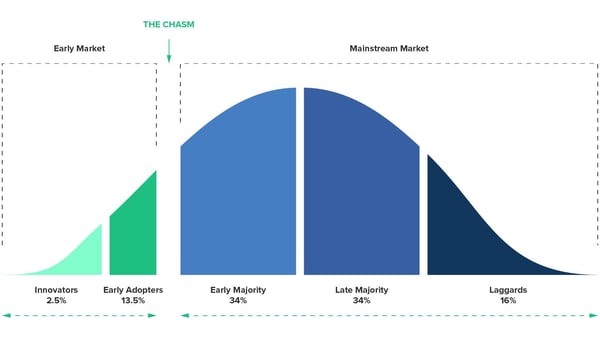
Virtual Reality (VR) has been the stuff of peripheral technology for decades; it existed in amusement arcades, military training and sci-fi movies. Only used by innovators and early adopters. Recently, the release of domestic products like Oculus has moved VR along the adoption curve out from early market where only technology-advocates experiment and into the mainstream market where many homes now own a VR-capable device.
What are the new realities of AR, VR AND MR?
Virtual Reality has been widely understood in popular culture for decades; augmented and mixed realities are newer and less well-known. Surprisingly then, few of us have experienced VR, while it is likely that we have all used Augmented Reality (AR) applications in our daily lives. Mixed Reality (MR) is still being developed and defined.
Virtual Reality is a computer-simulated reality that can recreate our world or present an entirely new reality to the user. The user wears media equipment, a headset with screens and speakers and sensors and handsets, to translate his or her motion into the simulation.
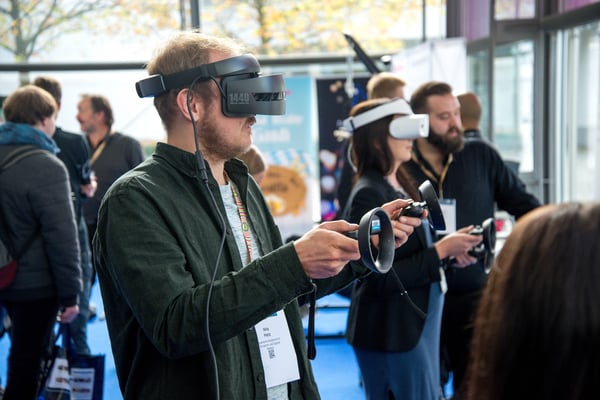
Photo by Stephan Sorkin on Unsplash
Augmented Reality presents an additional layer of information, activity and entertainment over our world. Where Virtual Reality aims to take you away from the distractions of the real world; augmented reality works with the real world as its foundation. AR presents a live view of the physical world where elements are overlaid by computer-generated visuals & sounds. An example of this is Live View on Google Maps, where directions are presented over your camera view. The data gathered by your phone, GPS and visual camera data, let Google know what you are looking at and thus how to direct you to your destination.
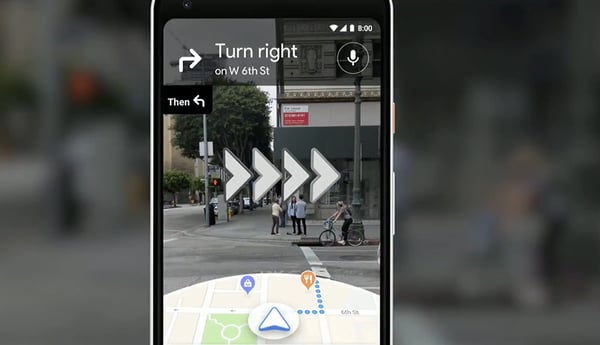
Image: screenshot - Cassidy Miller/Google
Mixed Reality (MR) - also referred to as Hybrid Reality - is where real and virtual objects interact with one another in real-time. In VR, our reality is replaced. In AR, it is augmented. In MR, the virtual and real work together. To understand what this means - a mixed reality object, let’s say a Pokemon creature, would be embedded into the real environment. If it hid beneath your desk, it would not be visible until you stooped down to look for it.
Use cases and learning experiences
So, what practical applications do these technologies have in learning and performance support?
A lot, as it turns out. The hardware, once expensive and difficult to configure, is now low-cost and easy to use. This innovative training method has moved from technological gimmickry into the real-world application of VR and AR technology in corporate training programmes.
Virtual Reality
The benefits of VR in corporate training are obvious for learning physical tasks in hazardous high-risk environments. The learner can enter a simulation of an oil rig, a building on fire or a construction site. Virtual reality allows the learner to test the limits of safe practice in this environment to gain competence before putting themselves or others in real physical danger. The fidelity of these simulations has improved dramatically and they can closely mirror the real world.
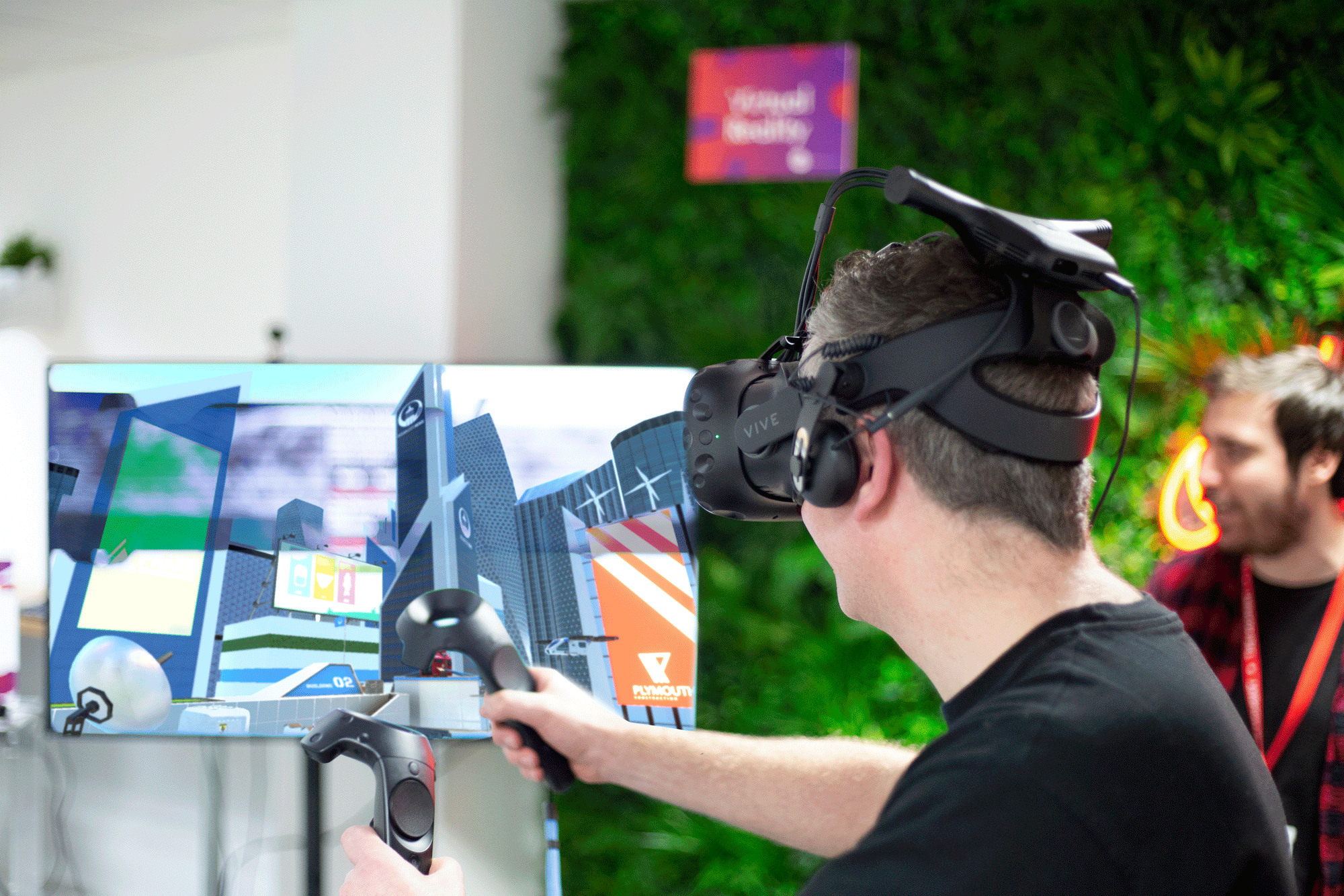
Image from Recruitment VR Experience: The Moment
However, high-risk doesn’t always mean physical risk. Virtual reality allows individuals to safely practice soft skills as well. The sudden anxiety of speaking to a full room can be felt keenly when faced with a virtual audience but without the consequence of freezing with stage fright at the moment of your important presentation.
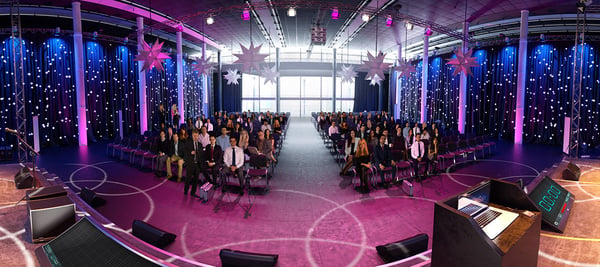
Image sourced from Fasicle
Virtual Reality also allows the user to change roles and personas. The learner can become a customer of their company or even switch gender or age or race. This, the ability to step into the shoes of another just for a moment, is powerful.
The data gathered can give real insight into the learner. A VR solution can track and analyze a user’s decisions in order to paint a highly analytical picture of how they navigate specific situations. Voice recording can listen for specific key phrases used. The user's gaze is tracked to understand, for example, if they maintained eye contact with the virtual audience.
Augmented Reality
Augmented Reality in corporate training is often used for real-time performance support. When the employee is there and needs support with a complex task now; a layer of additional guidance and support is placed over their real world.
For example, the learner can explore and look inside complex machinery. The object exists in reality and, when explored through the lens of an AR device (e.g. a smartphone), the AR software recognises the object and presents additional information to the learner. This could be engineering insights presented to a repair team on an oil rig or product information to sales staff on the retail floor.
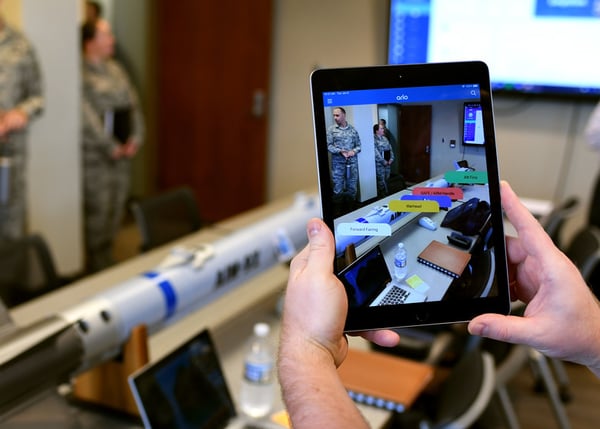
Image sourced from U.S. Air Force photo by Tech. Sgt. Daryl Knee
The media used can be text overlays or even interactive video. Boeing use AR headsets to support technical staff working on planes. As they wire complex systems, their sight and voice control the app. Production time was reduced by a quarter:
It can also bring imaginary environments to life. This might be glimpsing into the past like in The Philadelphia City Archives Project. Or showing how an environment might be in the future. The Moment, part of The Creative Engagement Group, created an augmented reality solution so visitors to a site could experience the environment as it would be in 2023.
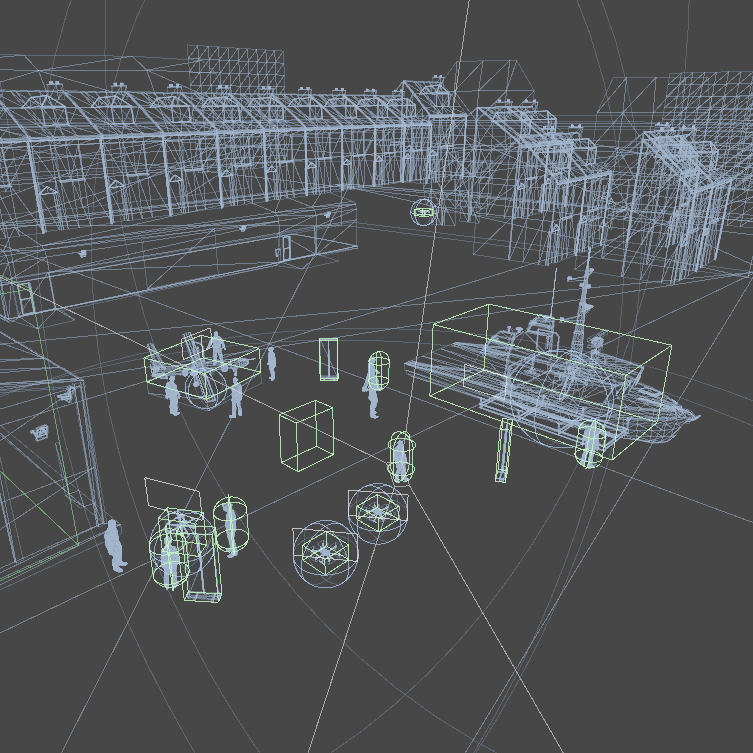
Image from Maritime Facility AR Experience: The Moment
Mixed Reality
Microsoft's HoloLens is a market leader in this space. It places computer-simulated objects - characters and machines - into a shared view of the real world. You see and hear exactly what your colleague does. The shared experience is a key differentiator from AR.
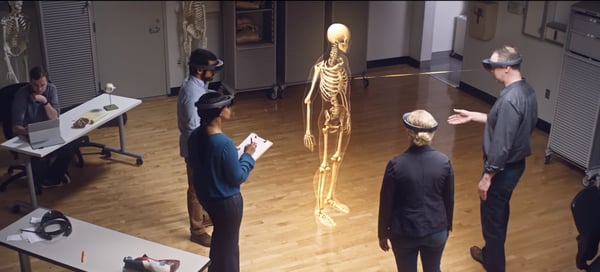
Image from Microsoft HoloLens
How feasible is virtual reality training in real life?
Google’s work to promote VR and AR with projects like Cardboard and Glass has successfully moved both technologies into the mainstream. This has brought costs right down so virtual reality technology, like the Oculus Rift or the HTC Vive, are affordable to households and certainly for corporate training programmes. Oculus Quest headset, for example, allows VR training to be delivered with minimal setup or infrastructure costs.
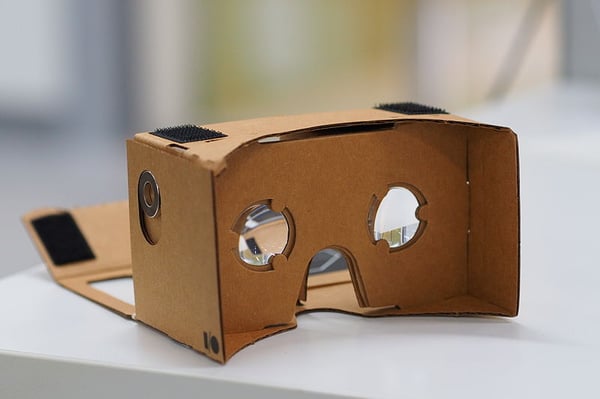
Image from Flickr
There are three approaches:
- Dedicated rooms. Seeing a return to the ‘training rooms’ of pre-digital, dedicated rooms are kitted out with VR Devices. Learners can be brought into the space and led through a class by a facilitator; stepping into VR and back out to discuss the experience. Some simulations can be left open for employees to run on-demand without a guide.
- Standalone. VR headsets are light and portable and some function independently without any additional hardware. An augmented reality training course could be taken on-demand by employees who pick up a headset. Or a VR headset can be posted out to new starters with a walkthrough of their new workplace as part of an impressive onboarding package.
- Desktop. 360 videos and simulated environments do work well through a desktop monitor or mobile phone. You can save money and time and rollout VR training through your Learning Management System.
Be creative
Thinking creatively about these approaches can open new ways to think about your training programs. Think about using your physical space to engage your employees.

Teach on Mars, our mobile-first platform, uses phygital (linking physical and digital worlds) in simple ways. A QR code, scanned by a smartphone, launches learning content. A creative onboarding strategy could see your new hires racing through your office on a treasure hunt, each location releasing new content and clue to the next stop.
Links in this article:
https://www.wearethemoment.com/case-study/recruitment-vr-experience/
https://www.youtube.com/watch?v=qTblKJjTadQ&feature=youtu.be
https://www.gislounge.com/augmented-reality/
https://www.wearethemoment.com/case-study/maritime-facility-ar-experience/
https://www.microsoft.com/en-ie/education/mixed-reality






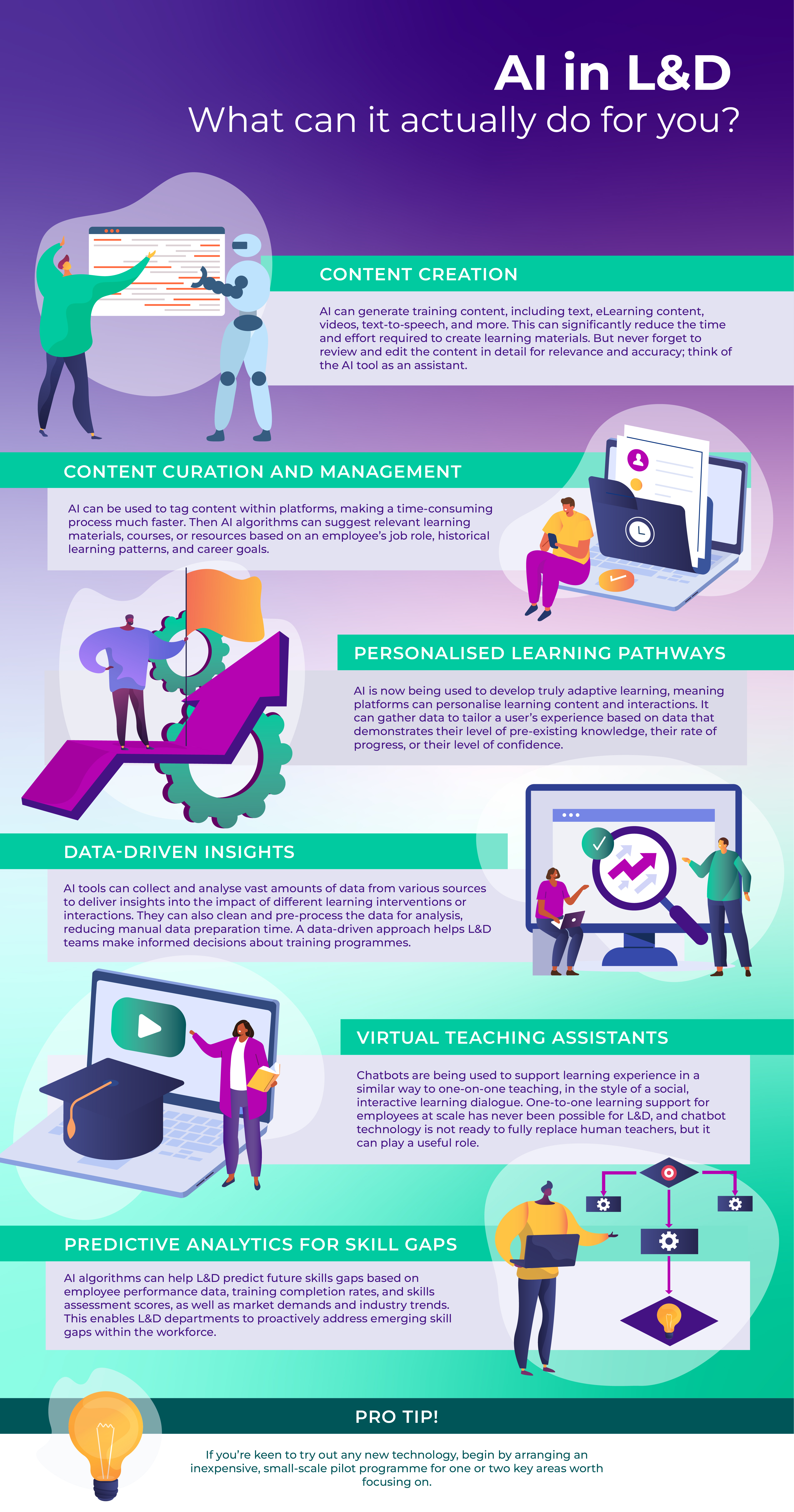

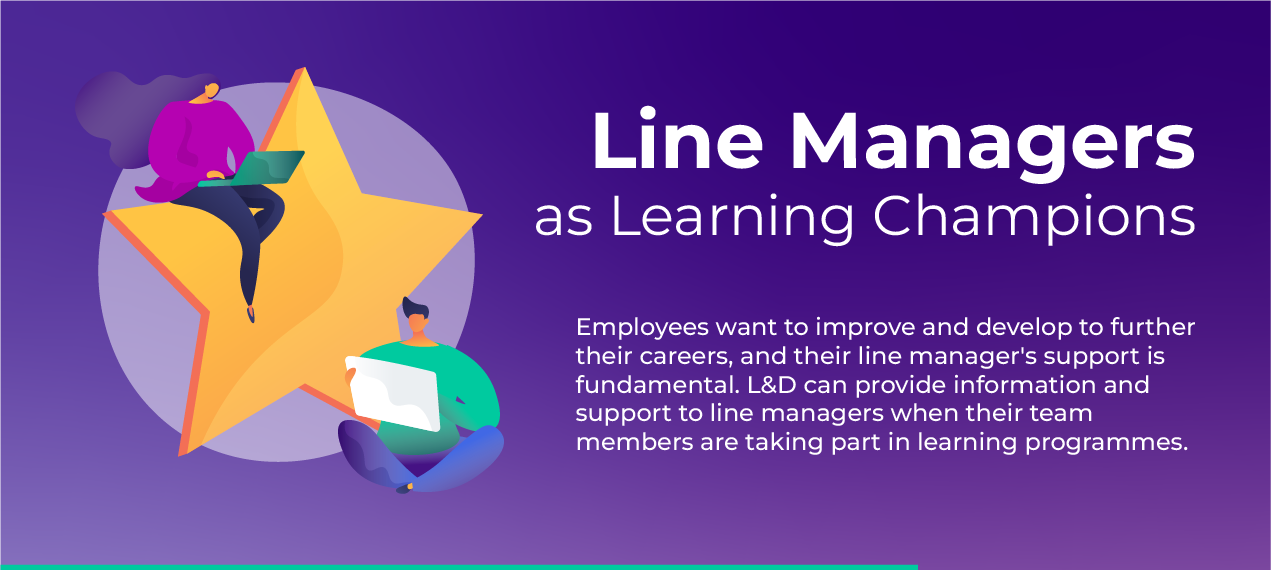

Was this article helpful?